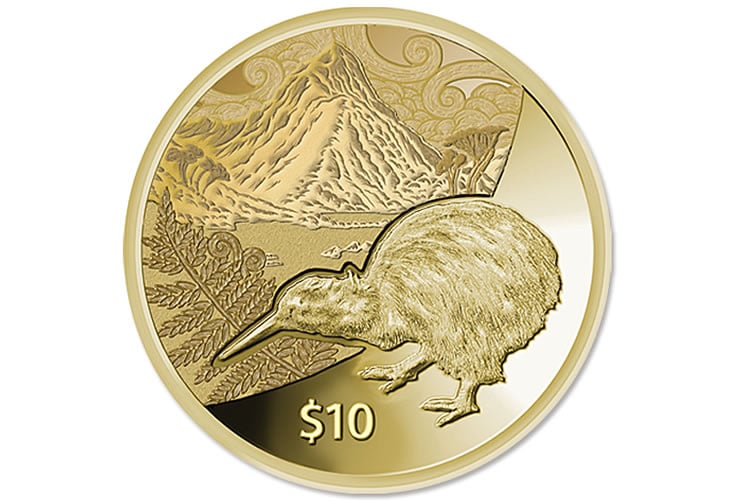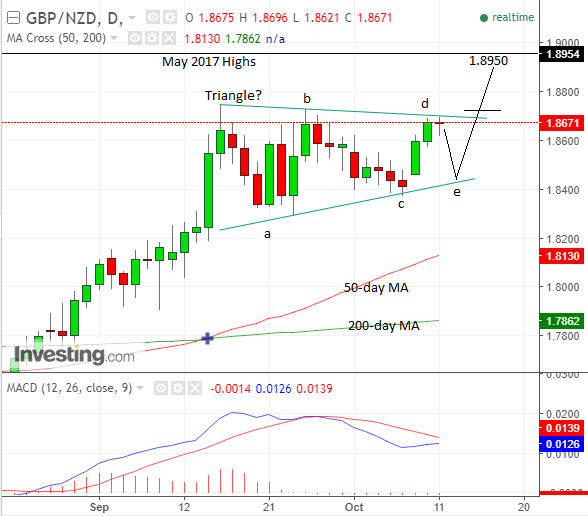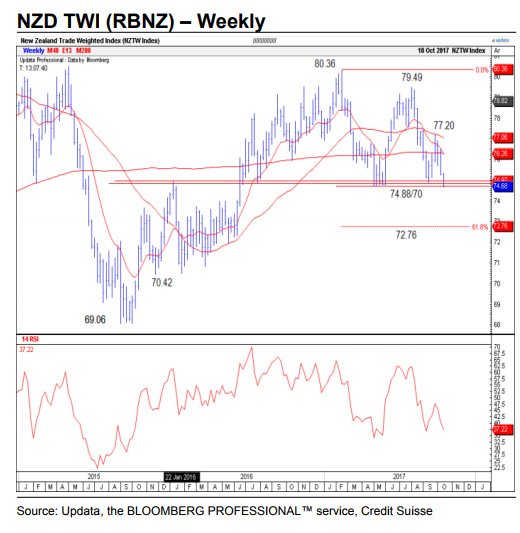New Zealand Dollar Tipped to 'Break Out', Shape of Next Government Might be the Trigger

The New Zealand Dollar remains consolidative but a notable directional move is possible with the announcement of a new Government likely on Saturday.
The Pound-to-New Zealand Dollar exchange rate continues to consolidate in a shape which still resembles a triangle pattern with a bullish bias, and we see a chance of a break higher for the pair once it has completed.
The call comes amidst a period of consolidation for the New Zealand currency as markets await the formation of a new Government. Latest news reports suggest king-maker Winston Peters will announce the party he is to lend his support to on Saturday.
The stakes for the NZD are high.
"We continue to caution that a coalition government involving Labour, Green and NZ First will likely point to a more inward looking, nationalist-focused agenda. New policies may be less positive on immigration, trade, foreign investments and may even see changes on RBNZ monetary and exchange rate policies," says a note from analysts at Maybank in Singapore.
Pound vs. New Zealand Dollar: Next Steps
A coalition of Labour, Greens and New Zealand First might well play into the hands of those wanting a weaker New Zealand Dollar - the outcome would gel with our technical studies of the exchange rate which hint at a move higher.
We had questioned the possibility it was forming a bullish triangle pattern after the steeper-than-expected sell-off last week, but now the triangle hypothesis is 'back on the table' as the pair has unfolded a leg higher, which looks very much like it could be a d-wave of a triangle.

Triangles normally have a minimum of five internal waves so we expect one more - wave 'e' before it completes.
After that, the odds favour a breakout higher given both the fact that the pair was in an uptrend prior to the formation of the pattern and therefore is more likely to continue that trend after; and because of the shape of the triangle which is right-angled.
Right-angled triangles tend to break in the direction of the more horizontal edge, which in this case is higher.
The move after the breakout would be expected to reach as far as the May 2017 highs at 1.8950 - or equivalent to 61.8% of the height of the triangle at its widest, which is results in more or less the same target.
Get up to 5% more foreign exchange by using a specialist provider by getting closer to the real market rate and avoid the gaping spreads charged by your bank for international payments. Learn more here.
New Zealand Dollar at a Longer-Term Turning Point?
We are bullish and it is interesting that our analysis is fortified by the corroborating view of Credit Suisse, who are bearish the New Zealand Dollar Index, which is the NZD versus a basket of its most heavily traded counterparts.
The NZD Index is looking very bearish according to Credit Suisse, which would probably translate as 'bullish' for GBP/NZD as it is unlikely the NZD (Kiwi) would make an exception of the Pound if it weakened versus its most-traded counterparts.
Credit Suisse's, Technical Analyst, David Sneddon highlights the large 'top' pattern forming on the Index (TWI) which bodes ill for the Kiwi.
"The NZD Trade Weighted Index (RBNZ) has fallen sharply following the rejection of its 200-day average in late September and is back weighing on pivotal support at 74.97/70 – not only the lows of the year but the series of highs and lows stretching back to January.
Below here, which we think likely would establish a medium-term top to signal the start of a more significant and broad-based bear trend," writes Sneddon.

A dramatic weakening of the Kiwi is only likely to take place in the event of a major fundamental shift and it is interesting that these chart patterns are coinciding with the New Zealand general election, which has been seen as an event which could have a far-reaching impact on the currency.
The elections, which took place at the start of October, resulted in no clear victor which means parties must thrash out a coalition.
In the end, it comes down to which major party the country's third largest party New Zealand First (NZF) decides to side with, which we will probably know on Friday, October 13.
The consensus appears to be that if NZF decides to side with Labour and the green party it will be bearish for the Kiwi, whilst if it sides with the more 'trade-friendly' National party the NZD will rise.
Given the chart patterns are signaling weakness for NZD, the charts are probably betting on a Labour coalition taking power.




